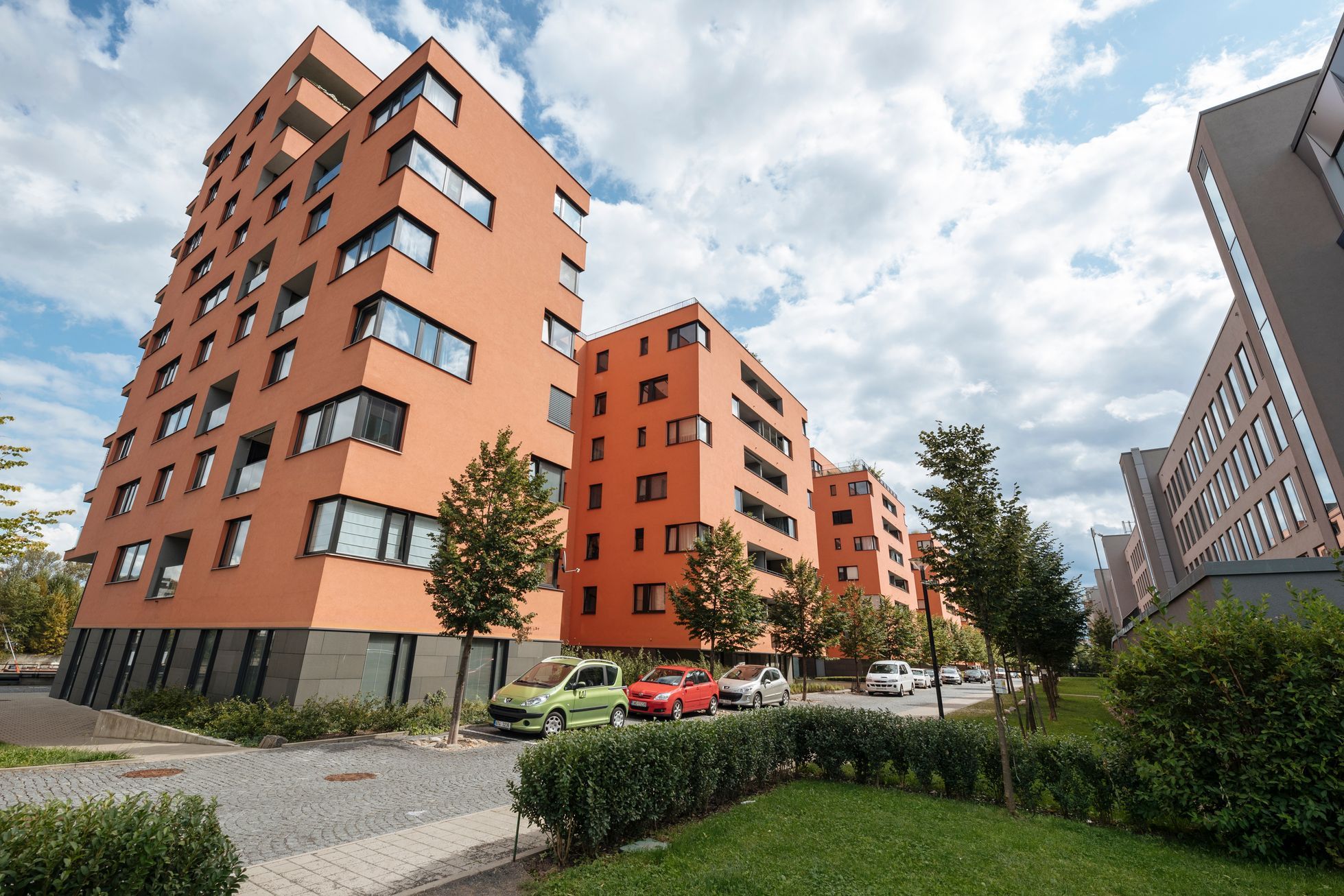Year-on-year growth in house and apartment prices in the Czech Republic slowed to 7.7 percent in the second quarter, while prices rose by 8.6 percent a quarter earlier. Growth was the sixth highest among EU countries. While in previous recessions in the Czech Republic apartments have become cheaper, prices have not yet fallen. According to ČSOB analyst Petr Dufek, “cheap money” is behind it. And not only in terms of the possibility to borrow them without difficulty, but above all to invest.
“This is the slowest growth in real estate prices in the Czech Republic in more than two years, as real estate prices have always risen from eight to ten percent in the past eight quarters,” comments Trinity Bank analyst Lukáš Kovanda.
Prices of houses and flats rose the most in Luxembourg, by 13.3 percent. It was followed by Poland (by 10.9 percent), Slovakia (by 9.7 percent) and Croatia (by 8.3 percent). In contrast, prices fell by 5.6 percent in Hungary and 2.9 percent in Cyprus. Data for Greece are not available for a long time.
Compared to other EU countries, real estate prices in the Czech Republic grew the fastest continuously from the last quarter of 2016 to the end of the third quarter of 2017. The highest growth was in the second quarter of 2017, when houses and flats in the Czech Republic rose by 13.3 percent year on year. Compared to the EU average, growth was more than three times higher at that time.
“The dynamics of real estate price growth slowed down in the second quarter compared to the first in most EU countries. they decided to wait for a lower real estate price, because they hope that the decline will be even more significant, “adds Kovanda. According to him, the result is a certain paralysis of demand and a decline in the dynamics of price growth. So far, however, this is not a significant slowdown.
“The real estate market basically does not react as in the previous two recessions, when, on the contrary, flats became cheaper. The reason is probably only cheap money.
As he adds, while older flats have become more expensive so far, now the opposite is true. The prices of new flats are growing a little faster, but they are being built less and less this year. “Developments in the real estate market may continue to diverge from the economic cycle, although at least a slowdown in price growth seems likely,” says Dufek.
Natland analyst Petr Bartoň states that while the Czechia was in fifth place among EU countries in the growth of prices of new buildings, the prices of older flats rose at the seventh highest rate.
Year-on-year change in prices of dwellings and houses in the 1st quarter of 2020:
| Earth | Change (in percent) |
| Luxembourg | 13,3 |
| Poland | 10,9 |
| Slovakia | 9,7 |
| Croatia | 8,3 |
| Portugal | 7,8 |
| Czechia | 7,7 |
| The Netherlands | 7,1 |
| Lithuania | 7,0 |
| Austria | 6,9 |
| Germany | 6,6 |
| Romania | 6,6 |
| France | 5,5 |
| Slovenia | 5,2 |
| Belgium | 4,5 |
| Estonia | 4,0 |
| Italy | 3,4 |
| Malta | 3,4 |
| Sweden | 3,3 |
| Bulgaria | 2,9 |
| Spain | 2,2 |
| Latvia | 1,6 |
| Denmark | 1,4 |
| Great Britain | 1,2 |
| Finland | 0,5 |
| Ireland | 0,4 |
| Cyprus | -2,9 |
| Hungary | -5,6 |
| Greece | data not available |
Source: Eurostat
Year-on-year change in prices of flats and houses in the Czech Republic and the EU:
| Period | Czechia | EU average |
| Q2 2015 | 3,7 | 2,3 |
| Q3 2015 | 4,2 | 2,9 |
| Q4 2015 | 4,5 | 3,5 |
| Q1 2016 | 4,6 | 4,1 |
| Q2 2016 | 5,7 | 4,0 |
| Q3 2016 | 7,1 | 4,2 |
| Q4 2016 | 10,9 | 4,6 |
| Q1 2017 | 12,8 | 4,2 |
| Q2 2017 | 13,3 | 4,3 |
| 3rd quarter 2017 | 12,5 | 4,4 |
| 4th quarter 2017 | 8,4 | 4,4 |
| 1st quarter 2018 | 7,6 | 4,6 |
| 2nd quarter 2018 | 8,1 | 4,6 |
| 3rd quarter 2018 | 8,8 | 4,7 |
| 4th quarter 2018 | 9,9 | 4,6 |
| 1st quarter 2019 | 9,8 | 4,2 |
| 2nd quarter 2019 | 9,2 | 4,9 |
| 3rd quarter 2019 | 8,7 | 4,8 |
| 4th quarter 2019 | 8,9 | 5,0 |
| 1st quarter 2020 | 8,6 | 5,6 |
| 2nd quarter 2020 | 7,7 | 5,2 |
Source: Eurostat
– .


